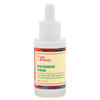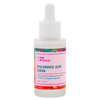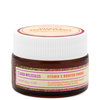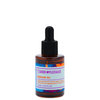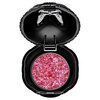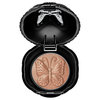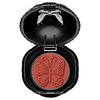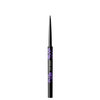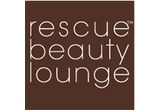
It's time for Part 3 of the Beautylish Spring Cleaning series: nail tools! For tips on how to best clean, sterilize, and store your nail polish and tools, Beautylish spoke with Rescue Beauty Lounge founder and notorious germ-phobe Ji Baek. She even reveals how to get nail polish spills off of your clothes!
How ToCLEAN AND STERILIZE YOUR NAIL TOOLS
-
"Nail polish has no expiration date," according to Ji. "If it separates, just shake shake shake. Nail polish is like paint. It's lacquer and pigment mixed together and if you haven't shaken it in weeks or months, it'll separate. Every pigment has a different weight so it settles at a different rate--if the polish has glitter in it, it'll sink faster."
-
"The only time you need to throw out nail polish is when it's gone thick and goopy," says Ji. "Thinners and acetone will give you immediate gratification, but they will also thin the pigments, so you can't keep using the polish." Why does nail polish thicken? Air dries out polish and makes it thick, so Ji advises wiping the rim of the lacquer bottle with a paper towel soaked in acetone (or nail polish remover) before you close it as tightly as you can.
-
Never store nail polish in the fridge. "You should treat your polish like house paint--keep it at room temperature," says Ji.
-
To properly sterilize nail tools like metal files and scissors, Ji recommends washing them with soap and hot water and then boiling them (20 minutes at a rolling boil), soaking them in rubbing alcohol (for at least 30 minutes), or baking them (on a sheetpan at 250 degrees for 20 minutes). What about buffing blocks and emery boards? "If it's not made of metal and you can't sterilize it, it's disposable and you should throw it out after each use," insists Ji. "Just because they're your own germs doesn't mean they're not gross!"
-
To stretch out an emery board or buffing block's "life" without sacrificing on hygiene, Ji recommends cutting the tool into sections with scissors or a serrated knife (for the buffing block). "Metal tools are an investment, but in the long run, it actually ends up being less expensive because you don't need to sharpen them and they can be sterilized," says Ji.
-
If you've been doing nail art with a separate brush or the brush in your nail polish bottle is frayed or looking linty, Ji recommends dampening a paper towel with acetone or nail polish remover and wiping the brush back and forth on the paper towel until it's clean. The problem with soaking brushes in acetone is that if the bristles are nylon (most are), they'll melt when soaked for too long. As for the paper towels, Ji highly recommends Bounty. She insists Bounty is the only brand she'll buy because it's thicker, more absorbent, and won't drip--and that she's not a spokeswoman for the brand.
-
If you've spilled polish on your clothes, never try to rub it out with acetone, advises Ji. "Calmly take a deep breath and let the polish dry. Then get a clear packing tape and stick it to the fabric like you're applying a hair removal wax strip Rip off the tape--the polish comes off beautifully. If you're doing this with leather goods, use a scotch tape instead of big packing tape. Then apply leather conditioner to the spot that you've stripped with the tape."
Read all about Rescue Beauty Lounge's Spring 2011 Nail Polish Collection. For more tips from Ji, check out her book "Rescue Your Nails" and her hilarious blog.
Images courtesy of shutterstock.com
You Might Also Like
-

Tutorials
How To: Blue Sky Manicure
- 1643
-
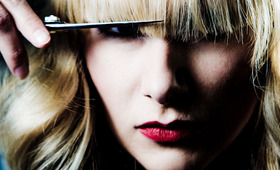
Hair
What Makes A Haircut Good?
- 369
-

Tips & Tricks
Tips for Maintaining Bright Hair Color
- 788
-
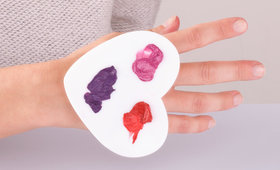
How-to
Mix Up a Brand-New Lipstick in Minutes! Here’s How.
- 499
-
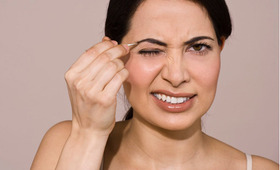
Eyebrows
Beauty Remorse: Over-Tweezed Eyebrows
- 318
-
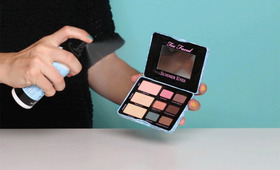
Tutorials
How to Clean Your Makeup!
- 1575
-

Curly Hair
The Beginner’s Guide to the Curly Girl Method
-

Looks
Polished Look in 15+ Minutes
- 441



